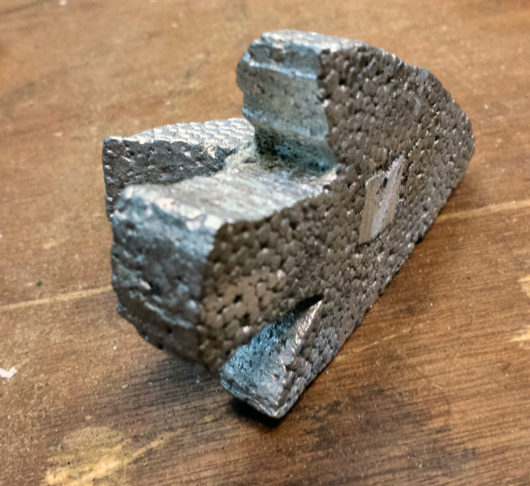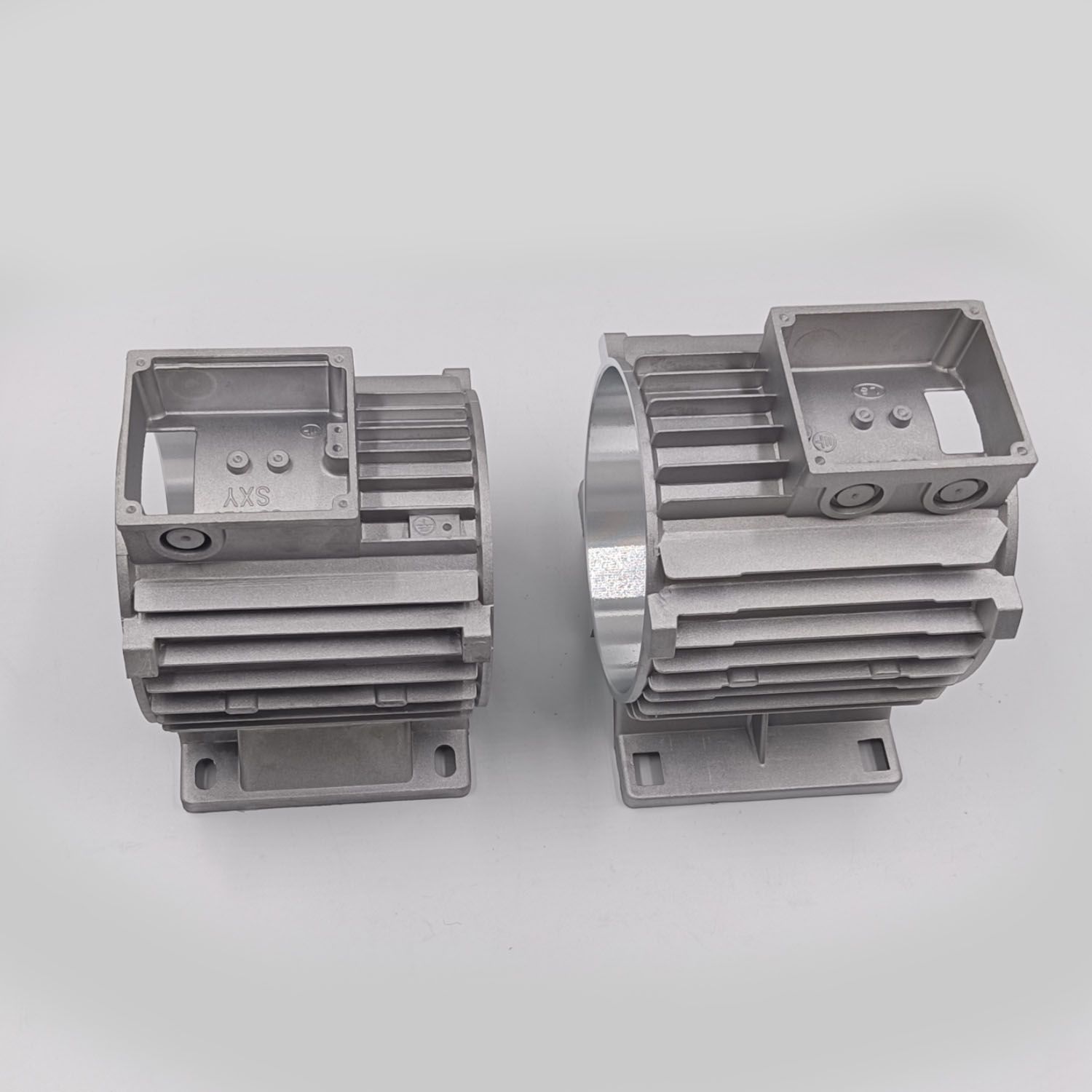The 5-Minute Rule for Stahl Specialty Company
The 5-Minute Rule for Stahl Specialty Company
Blog Article
The Basic Principles Of Stahl Specialty Company
Table of ContentsThe smart Trick of Stahl Specialty Company That Nobody is Talking AboutStahl Specialty Company for DummiesStahl Specialty Company Can Be Fun For EveryoneAll about Stahl Specialty Company3 Simple Techniques For Stahl Specialty Company3 Easy Facts About Stahl Specialty Company Shown

If you're making a metal item, you've likely considered making use of light weight aluminum as the base material. Pure aluminum has actually restricted applications, so it is frequently incorporated with other aspects, such as silicon, magnesium, and manganese to form alloys.
(AA), based in North America, has actually produced requirements that regulate light weight aluminum alloys' make-up, homes, and classification. There are 2 types of aluminum alloys wrought and cast.
The smart Trick of Stahl Specialty Company That Nobody is Discussing
Cast light weight aluminum alloys are made by thawing pure aluminum and combining it with various other metals while in liquid kind. The mix is poured into a sand, die, or investment mold. After solidification, the steel is gotten rid of from its mold and mildew. At this stage, it is in either its last type or as a billet or ingot for further handling.

The 4th number, which comes after the decimal factor, specifies if the alloy is a casting (xxx. Wrought light weight aluminum alloys also start by integrating liquified aluminum with various other metals. In contrast to cast alloys, nevertheless, they are formed into their last shape through processes such as extrusion, rolling, and bending after the metal has actually solidified into billets or ingots.
There are several small distinctions in between wrought and cast light weight aluminum alloys, such as that cast alloys can have more considerable quantities of various other metals than functioned alloys. But one of the most noteworthy distinction between these alloys is the fabrication process via which they will certainly go to supply the end product. Besides some surface area therapies, cast alloys will certainly leave their mold and mildew in virtually the precise strong form desired, whereas wrought alloys will certainly undertake a number of adjustments while in their solid state.
If you believe that a wrought alloy might be the ideal for your task, have a look at some of our articles that clarify more about particular wrought alloys, such as Alloy 6061 and Alloy 6063. On the other hand, if you think a cast alloy would be much better for you, you can discover more concerning some cast alloys in our Alloy 380 and Alloy 383 posts (coming soon).
The 9-Minute Rule for Stahl Specialty Company
When selecting a light weight aluminum factory for your production needs, it's vital to examine a number of elements. One of one of the most vital facets to take into consideration is the experience and proficiency of the foundry. Foundry near me. Choosing a shop that has the ideal knowledge of the light weight aluminum spreading process, and the portfolio to show for it, helps to have an effective result for your task
Having the experience and market expertise to engineer your castings for optimal production and high quality end results will certainly simplify the project. Making light weight aluminum spreading requires a complex set of processes to attain the best results. When picking a new light weight aluminum factory to partner with, guarantee they have comprehensive industry experience and are experienced regarding all facets of the aluminum casting process: layout, production, product analysis, and product screening.
The foundry must likewise have a tested track record of delivering extraordinary products that meet or go beyond consumer expectations. Quality control should also go to the top of your list when choosing a light weight aluminum shop. By dealing with a qualified shop who follows the criteria for quality assurance, you can protect the stability of your item and guarantee it fulfills your specifications.
By picking a business that provides services that satisfy or surpass your item requirements, you can be sure that your project will certainly be completed with the utmost precision and efficiency. Particular light weight aluminum factories concentrate on particular kinds of making procedures or casting approaches. Different parts call for different production techniques to cast aluminum, such as sand casting or pass away spreading.
Stahl Specialty Company Can Be Fun For Anyone
Die spreading is the name provided to the procedure of producing intricate metal elements through use molds of the element, also referred to as dies. The process makes use of non-ferrous metals which do not contain iron, such as aluminum, zinc and magnesium, because of the desirable properties of the metals such as low weight, higher conductivity, non-magnetic conductivity and resistance to rust.
Die casting production is quickly, making high manufacturing degrees of elements easy. It creates more elements than any kind of other procedure, with a high degree of accuracy and repeatability. For more information about die casting and die casting materials used while doing so, checked out on. There are 3 sub-processes that fall under the category of die casting: gravity die casting (or permanent mold spreading), low-pressure die spreading and high-pressure die casting.
No matter the sub-process, the die spreading procedure can be broken down right into six actions. After the purity of the alloy is examined, dies are produced. To prepare the dies for spreading, it is essential that the dies are tidy, to make sure that no deposit from previous manufacturings remain. After cleaning, the ejection lubrication is put on the die to guarantee a smooth launch.
The 30-Second Trick For Stahl Specialty Company
The pure steel, also understood as ingot, is included in the furnace and maintained at the molten temperature level of the metal, which is after that transferred to webpage the injection chamber and infused right into the die. The stress is after that preserved as the steel strengthens. When the metal solidifies, the cooling procedure starts.
(https://sketchfab.com/stahlspecialc)
The thicker the wall of the part, the longer the cooling time as a result of the quantity of interior steel that additionally requires to cool. After the part is completely cooled, the die cuts in half open and an ejection device presses the component out. Adhering to the ejection, the die is closed for the following shot cycle.
The flash is the added material that is cast during the process. Deburring removes the smaller pieces, called burrs, after the trimming process.
How Stahl Specialty Company can Save You Time, Stress, and Money.

Zinc is one of the most used alloys for die spreading due to its lower cost of raw materials. Its deterioration resistance also allows the elements to be lengthy lasting, and it is one of the much more castable alloys due to its reduced melting factor.
As mentioned, this alloy is one of the most typically made use of, yet manufactures will, at times, choose aluminum over zinc due to aluminum's manufacturing advantages. Aluminum is highly economical and one of the much more flexible alloys. Light weight aluminum is utilized for a number of different products and industries anything from home window frameworks to aerospace materials.
Report this page